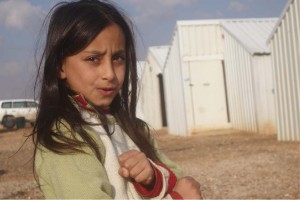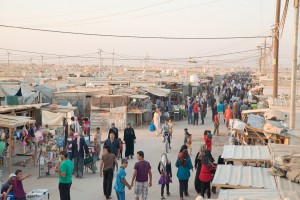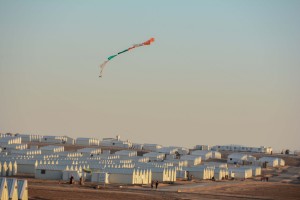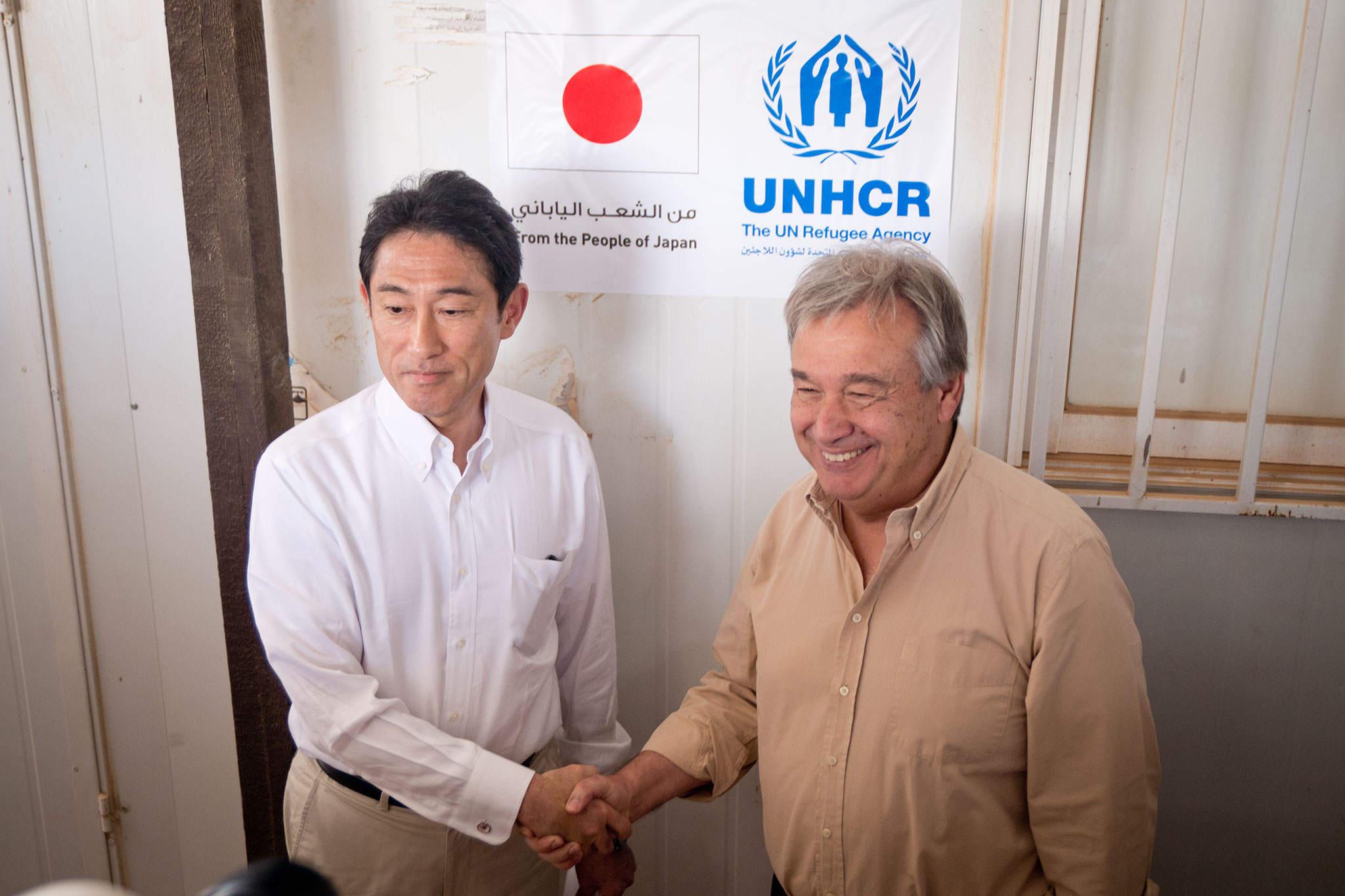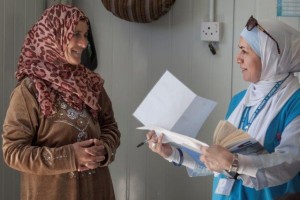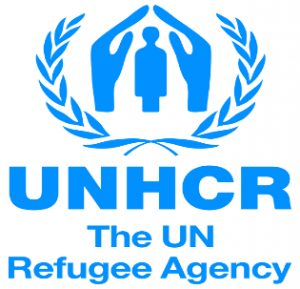
When Solaf passed a group of kids one morning running around in strange white robes faatened with colorful belts, she decided to follow her curiosity. She had just arrived at Azraq camp a couple of days before and the inquisitive 9 year-old simply wanted to make friends that “seemed to be fun” and to find out what they people in white were up to.
The group led Solaf to a sports ground built a year earlier thanks to International Olympic Committee support. “When I saw the movements the kids were doing, I knew that was something I wanted to learn”, explains Solaf with her black eyes wide open. At that time more than 50 boys and only two girls were part of the training. She decided to join them. “I love jumping and breaking wooden boards”, she clarifies while standing up to do a little show.
Ruwyda had no idea about her daughter’s new hobby. “Solaf used to disappear, but I thought she was outside, just playing with her friends”, she confesses. “One day Solaf arrived home and started doing all these weird movements, jumping up and down on my walking aid, so I asked her what on earth she was doing”. Solaf announced to her family that she was taking taekwondo classes. “My daughter had never seen this sport before, not even on TV”, mutters Ruwyda. “The only thing she remembers from her childhood is airstrikes and violence”.
Solaf speaks loud, clear and with a confidence not common for a girl of her age. Her words were the ones putting the family in trouble when the clashes started in Dara’a, her hometown. Ahmad, Solaf’s father, remembers with tears in his eyes: “During a demonstration, she spoke to a camera while holding a rocket. This is how you treat the children of Syria?, she said. She was just 5 years old, but her message was strong. Then the persecution started. They wanted her”. The family tried to hide but soon decided to leave Syria to protect what they describe as their “treasure”.
Solaf does not remember much of that day but her strength flows out of her mouth: “If someone hassles me or tries to harass me, I need to learn how to defend myself. My brother won’t be always around to protect me, maybe he is at the school or at work… I need to be independent”.
Ruwyda cannot stop smiling at her daughter’s movements. “Solaf is a multitalented girl and we are so proud that now she is free to achieve anything she wants in life”, she explains. But in the end, she is just a kid and taekwondo has become the best excuse to fight with her older brother: “I am training myself, mum”, she says quickly excusing herself.
Restless Solaf now has enrolled into football and volleyball training. She is good at sports but her finest kick is her mind: “Can you imagine ants living in the Artic?”, challenges Solaf. “These questions are her best punch!”
